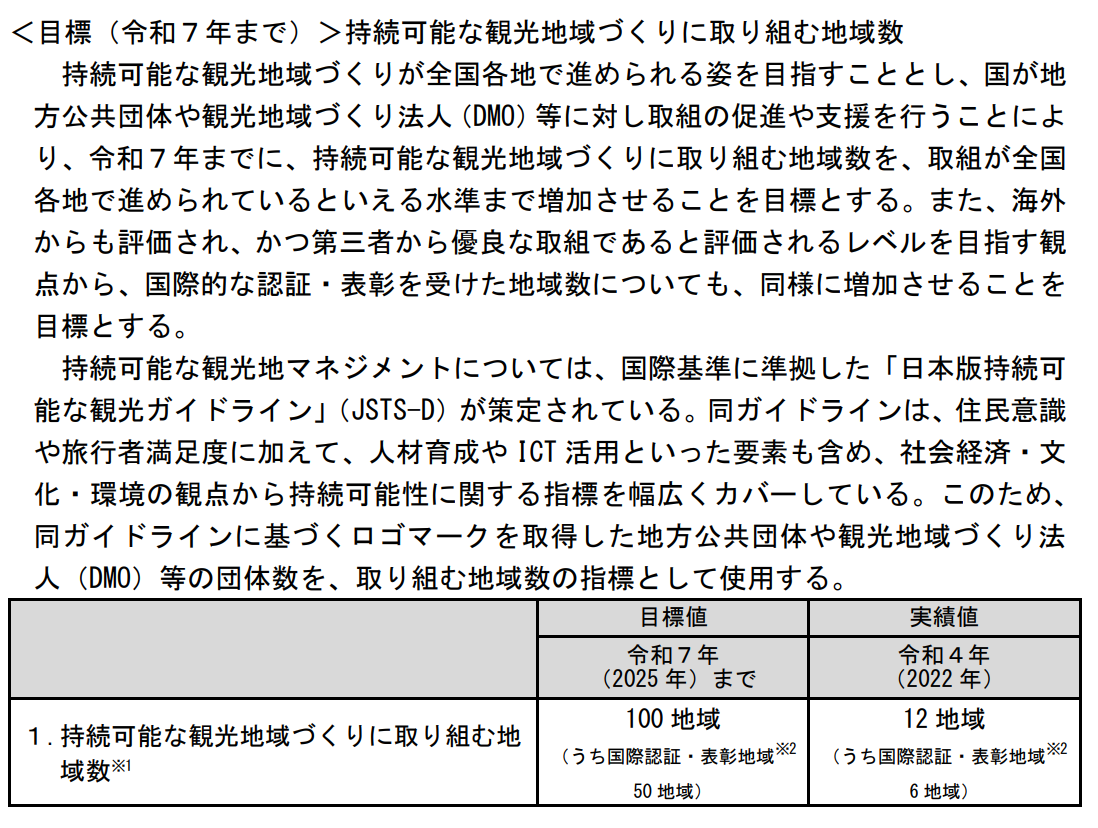

登錄


登錄
海擇短評 Haize Comment:
日本內閣於3月31日通過了新版的“旅遊國家振興基本計劃(観光立国推進基本計画)”,這也是日本制定觀光立國戰略六年來的首次修訂,並對舊版做了檢討。海擇資本認為,日本的新觀光立國戰略將“可持續旅遊”、“擴大訪日消費”、”帶動地方創生”、“促進區域旅遊”結合為一體,除了與舊有版本有不小落差,也給了旅遊相關企業能順勢而為的政策方向。
將新舊版本的觀光立國戰略對比,可以發現,舊有版本的政策指標同時聚焦外國人入境遊、日本人出境遊與日本人境內遊三個領域,指標同時考核人次、間夜數、消費額,戰線可能廣到政府預算資源無法充分覆蓋。
新版戰略在表面上仍然給了2025年的考核指標,但基於可持續旅遊的邏輯做了大幅調整。首先,在日本人的部分,對日本人出境遊數據等於不考核,只要求與其他預算能產生協同效應;其次,對日本人境內遊,僅要求2025年間夜數(3.2億)與消費額(22兆日圓)比2019年同期增長6.7%與不到1%。
新版政策的考核指標主要放在外國人入境遊部分,但不考核整體入境人次,原本2020年要求入境4,000萬人次,新版只要求不低於2019年(3,188萬人次)即可。新版主要考核客單價與消費地域,客單價指標要求訪日外國遊客的人均單次消費達20萬日圓,較2019年增長25.8%;另外,外國人於2019年在12個可持續旅遊地域住宿(主要是農村)1.4間夜,現在地域拓展到100個,間夜數要求達到2.0間夜,如果從間夜總數來看,等於是原來的近12倍。
總而言之,日本的新觀光立國戰略可以理解為聚焦於外國人入境遊,但不求數量,而是求提高人均消費額,並將之引導到人口較為稀少的農村住宿,以可持續旅遊之名,實質帶動地方創生,盤活人口負增長的地域。對想爭取日本政府預算的旅遊企業,可以此為藍圖進行佈局。
----------
The Japanese Cabinet approved the new version of "Tourism National Revitalization Plan" on March 31, which is the first revision of Japan's tourism national strategy in six years, and a review of the old version. Haize Capital believes that Japan's new tourism-building strategy combines "sustainable travel", "expanding consumption in Japan", "driving local creation", and "promoting regional tourism". In addition to the big gap with the old version, it also suggests policy direction to tourism-related companies.
Comparing the old and new versions of the tourism national strategy, we can see that the old version's policy indicators focused on three areas: inbound tourism, outbound tourism, and Japanese domestic tourism, and the indicators assessed the number of arrivals, room nights, and spending at the same time, the government budgetary resources may not fully cover these areas.
The new version still ostensibly gives the assessment target for 2025, but it has been significantly adjusted based on the logic of sustainable tourism. First of all, it will not assess outbound tourism of Japanese , only require synergy effect with other budgets; Secondly, for Japanese domestic travel, only the number of room nights (320 million) and consumption (22 trillion yen) in 2025 are required to increase by 6.7% and less than 1% respectively compared with the same period in 2019.
The assessment target of the new version focuses on foreign arrivals, but does not include the overall number of arrivals, the original goal was 40 million arrivals in 2020, but the new version only requires no less than 31.88 million arrivals in 2019. The new version mainly assesses the unit price and consumption region. The unit price indicator requires the per capita spending of foreign visitors to Japan to reach 200,000 yen per visit, an increase of 25.8% over 2019; In addition, foreigners stayed in 12 sustainable tourism regions (mainly rural areas) for 1.4 nights in average in 2019, now the region has expanded to 100, and the average room nights has to reach 2.0. In terms of total room nights, it is nearly 12 times the original.
In short, Japan's new tourism strategy can be interpreted as focusing on inbound tourism of foreigners, focusing on raising per capita spending rather than quantity and directing the spending to rural accommodations that are sparsely populated. In the name of sustainable tourism, it will actually drive local creativity and revitalize regions with negative population growth.
----------
3월 31일, 일본 내각은 신판 '관광국가진흥기본계획(観光立国推進基本計画)'을 통과시켰다. 이는 일본이 6년 만에 처음으로 관광 국가 전략을 개정한 것이자 구 버전에 대한 회고다. 하이저 캐피털은 일본의 새로운 관광건설전략은 '지속가능한 관광', '일본소비 확대', '지방창생 추진'과 '지역관광 촉진'을 결합시켰다고 인정했다. 신규 버전은 구 버전과 큰 차이가 있을 뿐만 아니라 관광 관련 기업에 정책 방향을 제공했다.
신구 양판의 관광 국가 전략을 비교하면, 구판의 정책 지표가 외국인 입국 관광, 내국인 해외여행, 일본 국내 여행 세 분야에 집중되어 있음을 알 수 있다. 지표는 도착 인원수, 총 객실 이용 박수, 소비액을 동시에 평가한다. 정부 예산 자원이 이들 분야를 완전히 커버하지 못할 수도 있다.
신규 버전은 표면적으로는 여전히 2025년의 평가 목표를 제시했지만 지속 가능한 관광의 논리에 따라 대폭 조정됐다. 우선 일본인의 해외여행 데이터를 평가하지 않고 다른 예산과의 시너지 효과만 요구한다. 다음으로 일본 국내 여행은 2025년까지 총 객실 이용 박수(3억2,000만)와 소비액(22조엔)만 2019년 같은 기간보다 각각 6.7%, 1% 미만으로 요구하기로 했다.
신판의 평가 목표는 외국인 입국자에 집중돼 있지만 전체 입국자는 포함되지 않았다. 원래 2020년 입국자 수 4,000만명을 목표로 했지만, 신판은 2019년 입국자 수(3,188만명) 미만만 요구하면 된다. 신판은 주로 단가와 소비 지역을 평가한다. 객단가 지표는 일본을 찾는 외국인 관광객의 1인당 1회 소비가 20만엔으로 2019년에 비해 25.8% 증가할 것을 요구한다. 또 2019년 12개 지속가능관광지역(주로 농촌지역)에서 외국인의 평균 숙박시간은 1.4박으로 현재 지속가능관광지역은 100곳으로 확대돼 평균 객실 이용 박수는 2.0박에 달해야 한다. 총 객실 이용 박수로 말하자면, 그것은 거의 원래의 12배다.
한마디로 일본의 새로운 관광 전략은 외국인 입국 관광에 집중하고 수량보다 1인당 소비를 높이고 인구가 적은 농촌 숙박으로 소비를 유도하는 데 중점을 두고 있다는 것으로 이해할 수 있다. 지속가능한 관광이라는 이름으로 사실상 현지의 창생을 불러일으키고 인구가 마이너스인 지역을 진흥시키기 위해서다. 일본 정부의 예산을 따내려는 관광업체에는 참고할 수 있다.

文章鏈接 Hyperlink:https://www.travelvoice.jp/20230331-153224
資料來源 Resource:TravelVoice
標籤 Label:Japan Tourism Inbound Consumption RoomNights